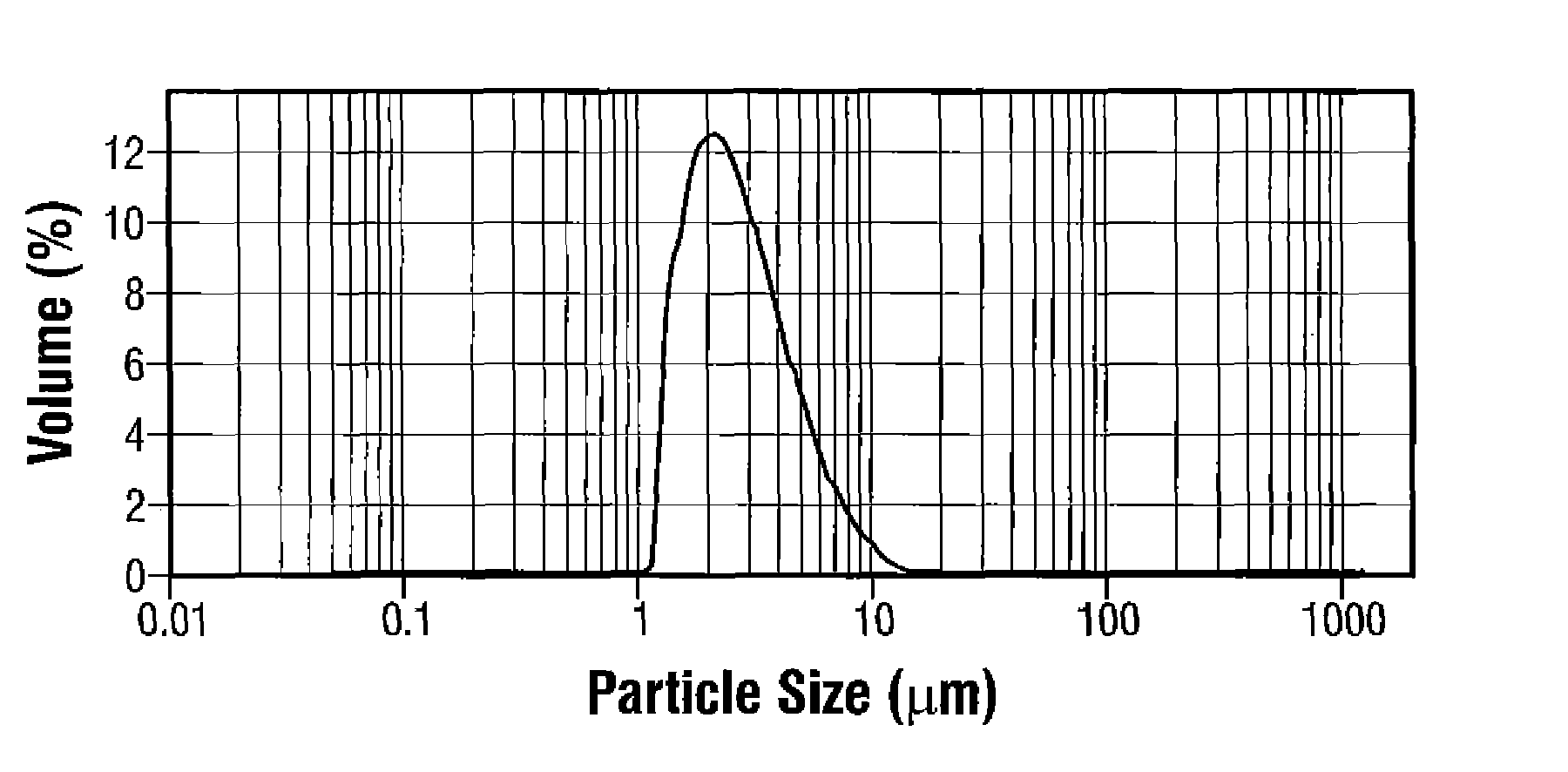Refinery desalter improvement
a desalter and refinery technology, applied in the direction of hydrocarbon dewatering, filtration separation, separation processes, etc., can solve the problems of less traditional low-gravity performance, difficult to develop new technologies, and high cost, so as to improve desalter performance, improve crude oil separation, and increase the capacity of conventional desalters
- Summary
- Abstract
- Description
- Claims
- Application Information
AI Technical Summary
Benefits of technology
Problems solved by technology
Method used
Image
Examples
experiment 1
Small Scale MacKay River Heavy Crude Oil Process
[0047]Initial assays were conducted on a small scale to demonstrate the concept and effectiveness of using stacked disk centrifuge to separate large volumes of crude oil rag layer for distillation and further processing. Approximately four drums of a MacKay River Heavy (MRH) crude oil blend with a gravity of 19.9° API were obtained from the Athabasca Terminal in Alberta, Canada and desalted using the stacked disk centrifuge system.
[0048]MRH was processed in a blend tank with a water / brine solution through an emulsion pump to replicate a rag layer emulsion as found in separator rag layers. MRH was fed to the blend tank with a water / brine from the water tank, the blended crude oil went through an emulsion pump. An emulsion pump exit line branching to a blend tank return line and a feed line, were fed into a stacked disk centrifuge desalting system with the feed line going through an optional steam driven heat exchanger to control tempera...
example 2
Pilot Scale Western Canadian Select Heavy Crude Oil Process
[0061]WCS crude oil blend had an API gravity very close to that of the MRH (20.4 API vs. 19.9 API). This report documents the successful desalting of 1,995 gallons of WCS crude oil blend to prepare it for fractionation and further pilot plant testing. As described above, desalting was accomplished using a blend tank with water and crude oil emulsion simulating a ‘rag layer’ fed to the stacked disk centrifuge system over the course of 5 operating days without the use of chemical additives. Chloride removal averaged 70 percent, ranging from 65 percent to 80 percent for the three composite product batches. Blend tank, emulsification pumps and a stacked disk centrifuge were used to effectively and economically desalt non-conventional crude oils without chemical addition.
[0062]Pilot scale equipment was used to generate batches of emulsion with deionized (DI) water and then to phase separate the water from the oil.
Emulsion Formati...
example 3
Commercial Scale Heavy Crude Oil Process
[0072]In one example, a commercial scale desalting system can have a separator tank with a clean crude outlet, wastewater outlet and rag layer outlet, the rag layer outlet feeds directly to a stacked disk centrifuge operating at a rate required to keep the rag layer height fairly constant preventing rag layer contamination of wastewater and oil feedstreams. The stacked disk centrifuge can separate the oil and water emulsion at a rate of greater than 3 gpm, sufficient to process the rag layer produced in a conventional refinery separator. If a greater processing capacity is required, additional stacked disk centrifuges or larger stacked disk centrifuges may be used to process the rag layer at a greater rate. If a higher level of separation is required, contaminants are still present in the clean crude oil, then additional stacked disk centrifuges may be used. Separated water may be fed into numerous water systems on the refinery including back ...
PUM
| Property | Measurement | Unit |
|---|---|---|
| temperature | aaaaa | aaaaa |
| temperature | aaaaa | aaaaa |
| particle size distribution | aaaaa | aaaaa |
Abstract
Description
Claims
Application Information
 Login to View More
Login to View More - R&D
- Intellectual Property
- Life Sciences
- Materials
- Tech Scout
- Unparalleled Data Quality
- Higher Quality Content
- 60% Fewer Hallucinations
Browse by: Latest US Patents, China's latest patents, Technical Efficacy Thesaurus, Application Domain, Technology Topic, Popular Technical Reports.
© 2025 PatSnap. All rights reserved.Legal|Privacy policy|Modern Slavery Act Transparency Statement|Sitemap|About US| Contact US: help@patsnap.com



